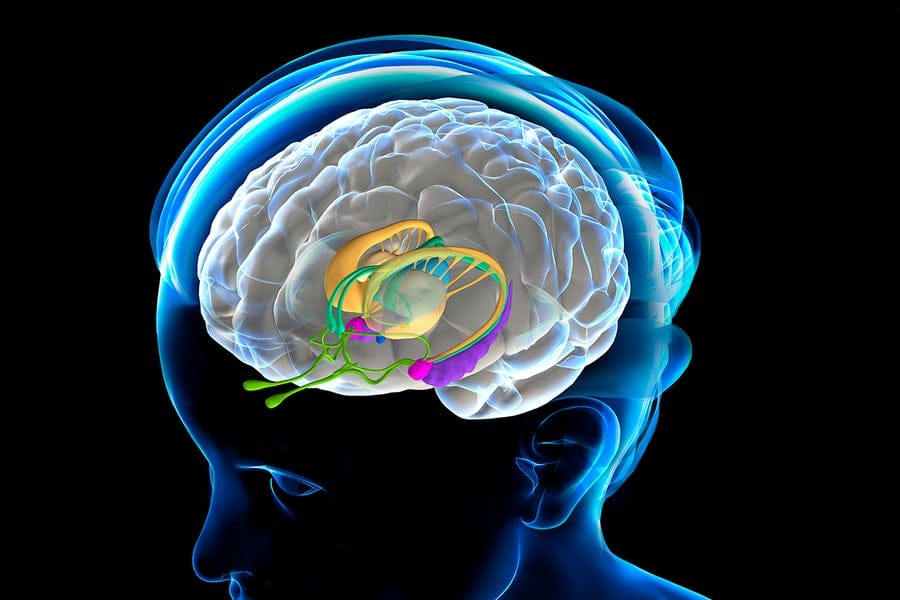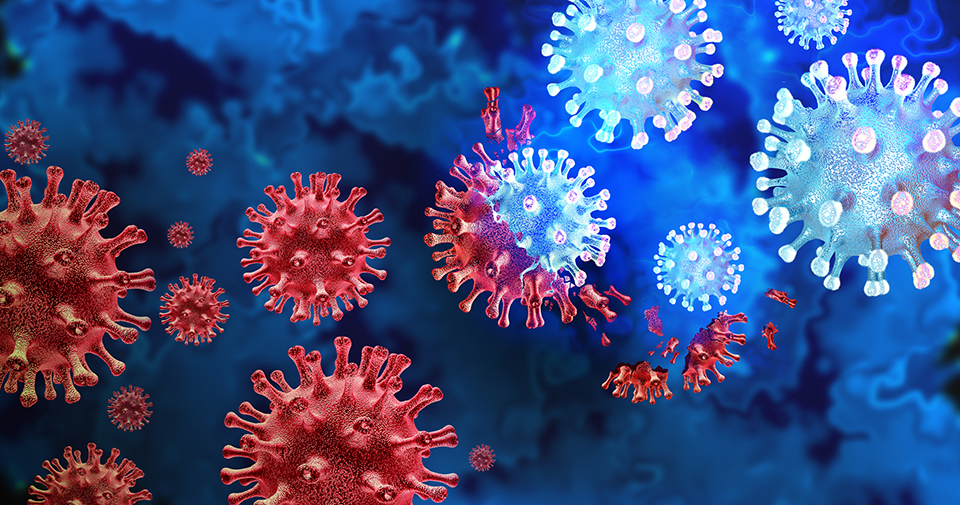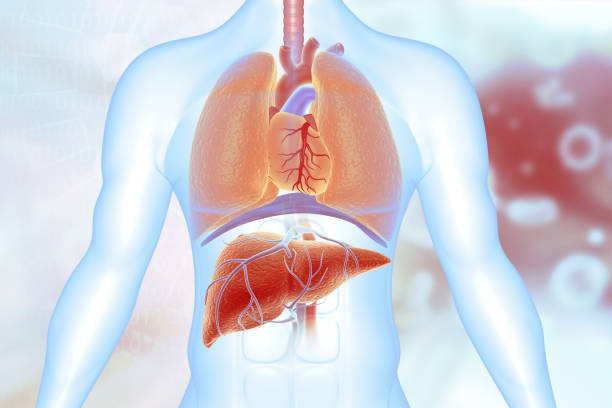Every night, as your body lies still in the darkness of sleep, your mind lights up with drama, sensation, color, memory, and meaning. You might fly above cities you’ve never visited, speak languages you don’t know, or encounter people long gone. Emotions can swell like symphonies—grief, joy, terror, wonder—all while you’re utterly disconnected from the outside world.
Dreams are one of the most enigmatic phenomena in human life. We spend roughly a third of our existence asleep, and for at least two hours of each night, we dream. But what is really happening inside the brain when we enter this shadowy realm? Why do we dream? Is it the mind’s attempt at therapy, a strange evolutionary accident, or a secret code written in neurons?
For centuries, dreams were interpreted as divine messages, fragments of the soul, or nonsense to be ignored. But today, neuroscience has opened the door to the sleeping brain, offering a view of dreams as both mysterious and deeply biological. This is the story of what happens when we sleep, why our brains generate dreams, and how those dreams may hold more power than we’ve ever imagined.
The Architecture of Sleep
To understand what happens when we dream, we must first explore the architecture of sleep itself. Sleep is not a passive state of unconsciousness, as once believed. It is a highly active, organized, and cyclical process. The brain does not “shut off” when we sleep. Instead, it enters a symphony of electrical rhythms and chemical transitions.
There are two major types of sleep: non-REM (non–rapid eye movement) and REM (rapid eye movement). Non-REM sleep includes three distinct stages—N1, N2, and N3—which gradually deepen from light sleep to slow-wave sleep, the deepest form. REM sleep, in contrast, is when most vivid dreaming occurs.
Throughout the night, your brain cycles through these stages roughly every 90 minutes. Each cycle contains both non-REM and REM components, with the REM stage becoming progressively longer as the night continues. Early REM periods might last only a few minutes, while those in the early morning can extend to an hour or more.
This cycling is orchestrated by the interplay between various regions of the brain and the rise and fall of neurotransmitters like serotonin, dopamine, norepinephrine, and acetylcholine. In REM sleep, acetylcholine levels rise sharply, stimulating parts of the brain responsible for vision, emotion, and memory, while serotonin and norepinephrine drop off—paralyzing the body and reducing logical control.
This paradox of REM sleep—intense brain activity in a paralyzed body—creates the perfect conditions for dreaming.
Lighting Up the Dreaming Brain
When you dream, your brain is anything but idle. In fact, some areas become even more active than when you’re awake. Functional MRI scans have shown that the limbic system—particularly the amygdala and hippocampus—flares with activity during REM sleep. These regions are crucial for emotion and memory.
The visual cortex, responsible for processing images, also lights up, helping to generate the vivid, sometimes surreal imagery of dreams. Meanwhile, the prefrontal cortex—the seat of logic, decision-making, and self-awareness—goes mostly offline.
This explains a lot about the dream experience. Without the prefrontal cortex checking for consistency, we rarely question the impossible in our dreams. We accept flying, talking animals, or sudden time shifts as normal. The emotional centers are in full gear, which is why dreams often feel so intense—full of fear, love, sadness, or euphoria.
Interestingly, some parts of the brain involved in simulating movement and sensation remain active too. This is why dreams can feel physical—we run, fall, taste, cry—even though our bodies are immobilized. This state, called REM atonia, is a protective measure: our brainstem effectively disables the spinal cord, ensuring we don’t act out our dreams in real life.
The Mystery of Dream Content
Where do dreams come from? Why do certain people, places, and ideas emerge night after night? While the content of dreams may seem random, it is shaped by a complex dance of memory, emotion, imagination, and the brain’s attempt to make sense of internal signals.
The hippocampus, essential for storing and recalling memories, plays a major role. Dreams often incorporate fragments of recent experiences—known as “day residue.” These bits of memory are reshuffled and woven into the dream narrative, sometimes mixed with older memories or deep-seated emotional themes.
However, dreams rarely replay events exactly as they happened. Instead, they distort, remix, and reframe. This creative process is thought to help the brain consolidate memories and emotions. One popular theory, the “activation-synthesis hypothesis,” suggests that during REM sleep, the brainstem sends random signals to the cortex, which the brain then tries to make sense of—creating a narrative out of noise.
Another theory, called the “emotion regulation hypothesis,” argues that dreams help us process emotional experiences. During REM sleep, the brain reactivates emotional memories in a safe, simulated space, allowing us to reframe or release them. This could explain why traumatic dreams or recurring nightmares are so common after distressing life events—and why people often feel emotionally lighter after sleep.
Nightmares and the Shadow of the Self
While some dreams are neutral or even pleasant, others plunge us into terror. Nightmares are vivid, emotionally intense dreams that often involve themes of danger, helplessness, or loss. They typically occur in the second half of the night, during long REM cycles.
The origins of nightmares are complex. They can be triggered by stress, trauma, sleep deprivation, illness, or even certain medications. For people with PTSD, nightmares can become chronic and deeply distressing, replaying traumatic events with horrifying clarity.
Neurologically, nightmares are associated with hyperactivation of the amygdala—the brain’s fear center—and a failure of top-down regulation from the prefrontal cortex. In essence, the emotional brain takes over, and the rational brain is unable to intervene.
But nightmares may also serve a function. They force us to confront our fears in symbolic form. Just as children “rehearse” threats in pretend play, dreams may simulate threatening situations, giving us a chance to emotionally adapt or rehearse responses. This idea, called the “threat simulation theory,” suggests that nightmares evolved as a form of survival training.
Despite their fearsome nature, many people report a strange catharsis after a nightmare, as if they’ve survived something meaningful. Others harness them creatively—many writers, filmmakers, and artists have drawn directly from their darkest dreams.
Lucid Dreaming: Awareness Within the Dream
One of the most extraordinary phenomena in dream science is lucid dreaming—the ability to become aware that you are dreaming while still inside the dream. In this state, the dreamer may be able to control the environment, characters, or storyline of the dream.
Lucid dreaming has been reported for centuries, from Tibetan dream yoga to indigenous shamans. Today, studies using EEG and fMRI have confirmed that lucid dreaming is real and measurable. During lucid dreams, the prefrontal cortex—the part of the brain responsible for self-awareness—becomes partially reactivated.
In effect, lucid dreamers regain some waking consciousness while still immersed in the dream world. This creates a unique hybrid state—part reality, part fantasy. Some people use lucid dreams for exploration, creativity, or even problem-solving. Others use them therapeutically to confront fears or rehearse difficult scenarios.
Lucid dreaming also provides a rare opportunity to study consciousness itself. Since the dreamer is both the creator and the observer, lucid dreams reveal just how fluid and malleable our sense of self and reality truly is.
The Science of Dreaming and Memory
One of the most important discoveries in modern neuroscience is the connection between sleep, dreaming, and memory consolidation. Sleep researchers now believe that dreaming plays a crucial role in sorting, storing, and strengthening memories.
Non-REM sleep, especially slow-wave sleep, is associated with the consolidation of factual and procedural memories. REM sleep, however, seems to specialize in emotional and associative memory. During REM, the brain replays emotional experiences, linking them to existing memories and extracting patterns or meanings.
This is part of why you might dream about a childhood home after a breakup, or see long-lost friends in a dream after a stressful day. The dreaming brain is not just cataloging memories—it is weaving them into the story of your life.
Dreaming also appears to support creative problem-solving. Studies have shown that people are more likely to solve complex puzzles or generate creative insights after REM sleep. This may be because REM dreams are less constrained by logic and more willing to explore unusual associations.
The sleeping brain doesn’t just passively replay life—it reinvents it.
Disorders of Dreaming
While most dreams are benign, some people experience disruptions in their dreaming life. These include parasomnias such as sleepwalking, night terrors, REM sleep behavior disorder (RBD), and narcolepsy.
In REM sleep behavior disorder, the paralysis normally imposed during REM sleep breaks down. People may act out their dreams—sometimes violently. This condition is associated with neurodegenerative diseases like Parkinson’s and may serve as an early warning sign.
Narcolepsy, a disorder characterized by excessive daytime sleepiness and sudden loss of muscle tone (cataplexy), often features vivid dreams and hallucinations as the boundaries between REM sleep and wakefulness blur.
In extreme cases, dreaming may become so disturbing or intrusive that it affects waking life, leading to insomnia, anxiety, or emotional exhaustion. Understanding these disorders not only improves treatment but also reveals the delicate balance required for healthy dreaming.
Why We Dream: The Theories and the Questions
Despite all we’ve learned, the ultimate purpose of dreaming remains a mystery. Is it a byproduct of brain chemistry? A psychological necessity? An evolutionary adaptation?
Several major theories attempt to answer this. The activation-synthesis model sees dreams as the cortex’s attempt to make sense of random neural activity. The threat simulation theory emphasizes evolution. The emotion regulation model sees dreams as mental therapy. The memory consolidation hypothesis highlights learning and growth.
Perhaps dreams are all of these. Perhaps they serve multiple functions depending on the context, the sleeper, and the stage of life. Dreams may not be one thing—they may be a symphony of things: biological, emotional, spiritual.
What’s clear is that dreams are not meaningless. They are woven from the deepest threads of who we are—our fears, hopes, regrets, and desires. They carry echoes of the past and whispers of the future. They help us remember, imagine, and heal.
The Future of Dream Science
Advances in brain imaging, artificial intelligence, and neuroscience are opening new frontiers in dream research. Scientists have already used fMRI scans and machine learning algorithms to decode the content of dreams with surprising accuracy—matching dream imagery to visual patterns in the brain.
In the future, we may be able to record, interpret, or even modify dreams in real time. This raises profound ethical and philosophical questions. Should dreams be private? Can they be used therapeutically? Can we learn to guide them consciously to resolve trauma or enhance creativity?
Lucid dream training is also gaining popularity, with apps, wearables, and sleep labs offering ways to enhance dream awareness. Some researchers believe that dream work may become a standard tool in psychology, just as mindfulness has today.
The idea that we might one day “hack” dreams is both thrilling and terrifying. But for now, the dream remains, at its heart, a sacred mystery.
The Dreamer and the Dreamed
Dreams are not separate from who we are. They are not interruptions to consciousness—they are consciousness itself, in a different form. When you dream, your brain does not sleep. It speaks. It tells stories in symbols, rehearses memories, faces demons, invents worlds, and reaches across time.
To dream is to listen to the subconscious hum of the soul. It is to wander through a private universe shaped by biology and meaning. Whether they bring nightmares or beauty, nonsense or revelation, dreams are the poetry of the mind’s inner life.
The next time you fall asleep, remember: your brain is preparing to take you on a journey. You will forget most of it. But somewhere, in the silent firing of neurons and the drift of REM, something eternal is speaking.
And you are listening.






